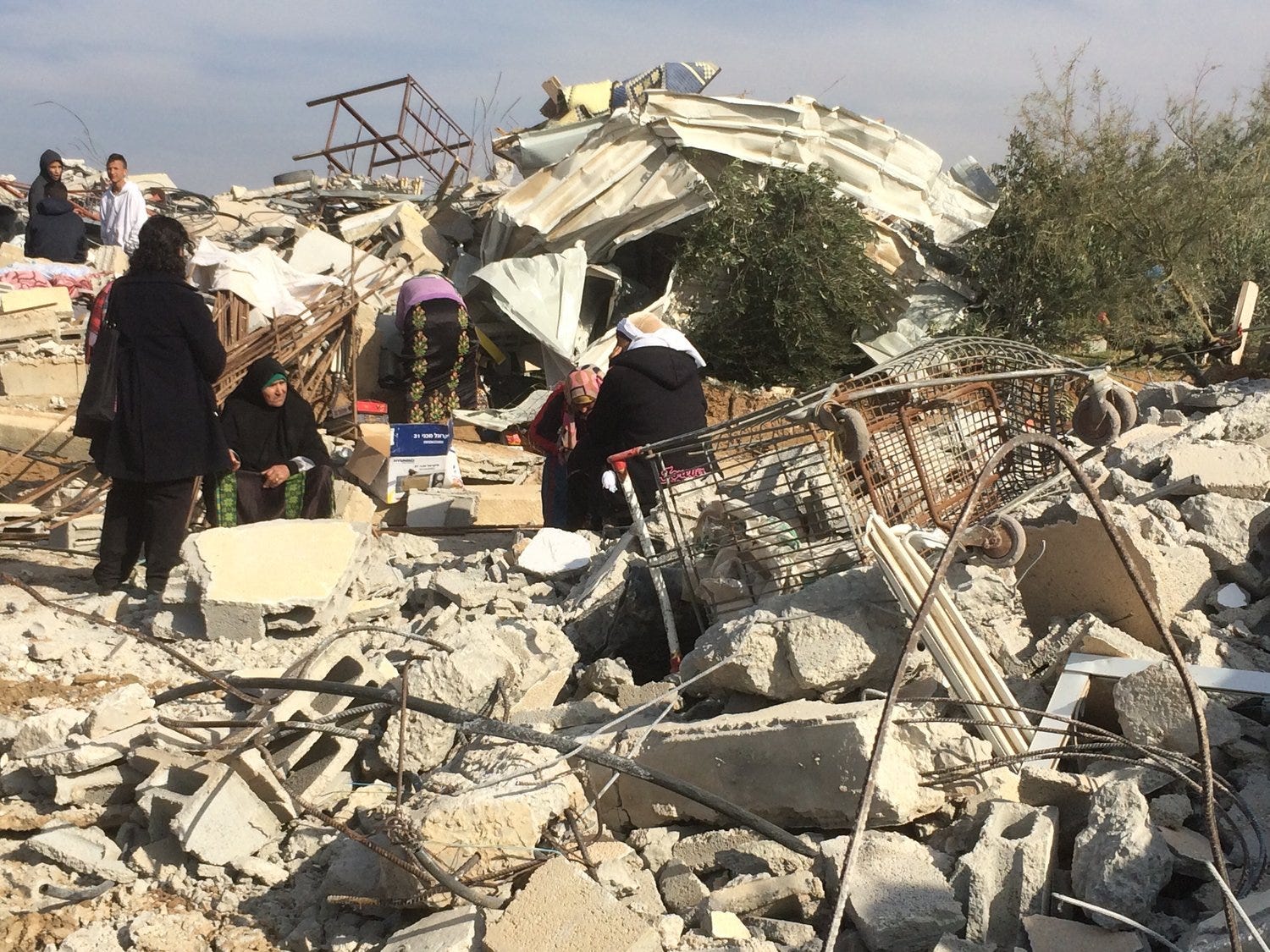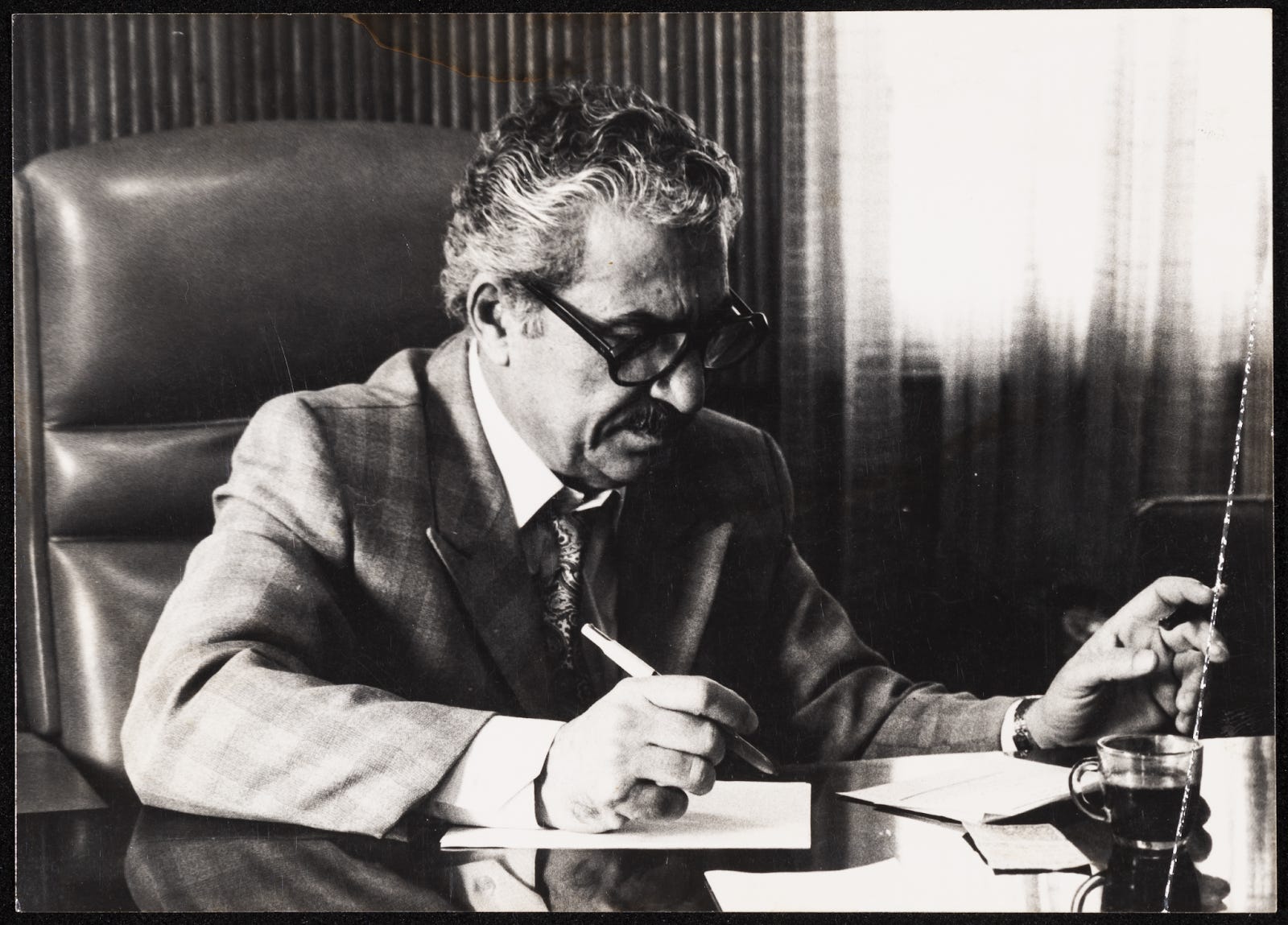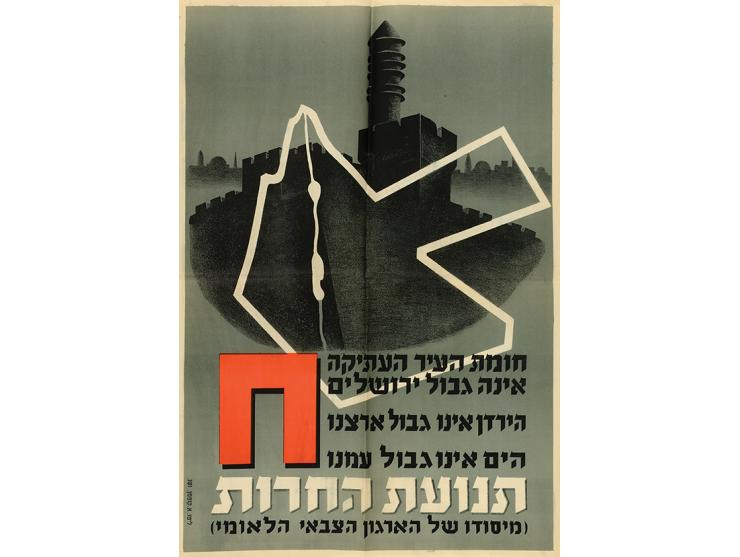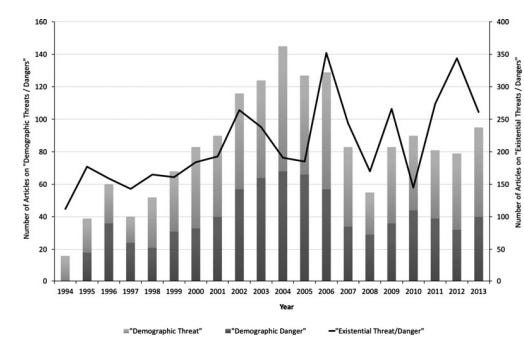HUMBLE_HUMBOLDT [@]
Israel and the (other) Palestinians
By Humble_Humboldt.
Preface: Most leftist analyses of Israel suffer from a critical defect: they neglect that one out of every five Israelis is Palestinian. The objective of the present essay is to both give this fact its long-denied analytical due and thereby influence future thinking about Israel, the occupied territories, and Palestine writ large.
Introduction
To chart a map to Palestine’s freedom, we must first investigate the conditions of its unfreedom. Of these (and rest assured that there are many), a notable standout emerges: Israelis themselves. In particular, the latter’s ironclad demand that every inch of Palestine be turned into the primary—if not exclusive—domain of the Jewish people constitutes perhaps the single greatest obstacle to peace in the Holy Land today (a demand which, as the Israeli historian Gershon Shafir has demonstrated, extends as far back as the late Ottoman period). There is no need for any rhetorical sleights-of-hand. As recently as 2016, close to half of Israeli Jews reported agreement with the statement “Arabs should be expelled or transferred from Israel” (with half of that half registering “strong agreement”). Though technically unable to carry out this mandate to the letter, the Zionist entity has nevertheless responded to their pleas faithfully. So it was that in 2011, the Knesset passed a bill legalizing de facto housing segregation among Jewish towns in Israel with 400 households or fewer (a cap which was recently raised to 700). As for the few parts of the country where Palestinians occupy anywhere close to their proportion of the overall population, a myriad of other vehicles of institutional discrimination—including on at least one occasion the conscription of Jewish residents to report prospective Arab home buyers—exists to pick up the slack. Meanwhile, and to the seeming oblivion of the international community, Jewish settlers in the Naqab desert (which happens to encompass over 60% of their purported “homeland”) have been quietly waging a war of attrition against that region’s own Palestinian inhabitants, with the bylaws of one of their newly sprung colonies declaring in no uncertain terms: “an individual may be approved [for entry]...if they [are] a Jewish Israeli citizen or permanent resident of Israel who observes the Torah and commandments according to Orthodox Jewish values.” The predictable result of this wretched edifice: despite constituting 20% of Israel’s population, Palestinians exercise jurisdiction over less than 3% of its recognized landmass.
At play in each of these cases is a logic that regards the assertion of Jewish demographic hegemony over the land (or to borrow the term actually used by Israeli statesmen, its “Judaization”) as paramount. This I call the demographic compact of Israeli society, and it is significant in at least three respects. First of all, it has secured a century-spanning partnership between Jewish labor and Jewish capital in Palestine whereby the former “clears the frontier” such that the latter can engage in new rounds of accumulation. An obvious example is the rapid financialization of Jewish settler-suburbs in the West Bank and Galilee, consequent to which the Israeli banking system has reaped historic dividends from the Judaization of Palestinian space. Likewise, the state-sanctioned segregation of Israeli cities and towns reproduces the social cleavage between a relatively affluent Jewish labor aristocracy, on the one hand, and an utterly marginal Palestinian/non-Jewish subproletariat (the latter of the latter being largely comprised by East Asian migrant workers) on the other. Second, and in no way divorceable from the first, the conquest of space produces a negative unity between otherwise rivalrous sectors of Israeli Jewish civil society that (at least until recently) acted as a buffer against political fragmentation. This is a theme common to all settler societies, and we can see traces of it now in, for example, the growing tendency of Israeli soldiers and civilians alike to mock the suffering of Gazans on social media with apparently zero self-awareness or contrition (even as their own society continues to cannibalize itself by the day). Finally, the enduring social power of the demographic compact nurtures a revanchist impulse within settler society whereby the latter comes to regard its own numerical preponderance as an act of self-preservation. To quote Israeli parliamentarian Tzipi Hotovely: “we wish to give priority to Jews who will reside in the Galilee and the Negev [Naqab] because we are a Jewish state.”

Figure 1: Bedouin women survey the wreckage of their former village, Umm al-Hiran (أم الحيران). The latter was demolished so that a new Jewish-only colony, “Hiran,” could be built atop its ruins. (Wikimedia Commons, CC BY-SA 4.0)
The Missing Variable: The ‘48 Palestinians
What are we to make of this morass? Various theories for the militarization of Israeli society abound, foremost among them that the 1967 Arab-Israeli War lent unprecedented legitimacy to the Jewish state’s religious extremist elements and thereby gave birth to the “accidental empire” with which we are so familiar today. Such an account would hold water were it not for the fact that, as the Israeli historian Ilan Pappe recently demonstrated, Israel had already laid its sights on Gaza and the West Bank well before its second rencontre with the Arab world. Indeed, to even frame the question as one of “militarization” as such would be a misnomer, for it would imply that Israeli society had somehow been “non-militarized” before the (alleged) phase change of 1967. On the contrary, from 1948 to 1966, the State of Israel placed the entirety of its sizable Palestinian minority (vestiges of the community it had just recently ethnically cleansed) under strict martial law, both as a means to facilitate their continued dispossession and keep them out of sight and out of mind of its yearly multiplying settler millions. Corralled into ghettos where their mobility was dictated by a handful of Jewish military governors, these Palestinians could pay dearly for infractions of the ruling order, as exemplified by the 1956 Kafr Qasim massacre in which 49 Arab civilians were slain by Israeli police for breaching a curfew order whose existence they hadn’t even been aware of (as Pappe also demonstrates, these practices would later be exported to the rest of historic Palestine to deadly effect).
With time, however, Palestinian citizens of Israel (known by their kin as the “‘48 Palestinians”) would attain a measure of political-economic liberalization that—while still paltry in absolute terms—compared favorably with the lot of their counterparts in the occupied territories. Having escaped the brunt of military rule by the early 1970s, they thus linked arms with Israeli Jewish society’s (in any case, vanishingly thin) conscientious minority to assert themselves as an independent political subject. Particularly in Nazareth, Arab Palestine’s de facto cultural capital after the Nakba, a coherent movement began to crystallize among the ‘48 Palestinians demanding—if not the full decolonization then being advocated by their peers in the PLO—at the very least formal incorporation into the Jewish state’s sociocultural fabric, especially (though not exclusively) in the domain of land.

Figure 2: Picture of Tawfiq Zayyad, ‘48 Palestinian poet and politician who played a central role in the struggle for civil/political rights on both sides of the Green Line
Before long, however, the Zionist leadership began to descry the changing political winds, and they were far from content. One seminal Israeli government memo from the period articulated the dilemma at hand rather bluntly: “There is ground for serious apprehensions that within the next decade an Arab political and demographic takeover of the Acre and Nazareth areas will occur” [emphasis mine]. Of course, even by the standards of its time this sentence appears rather quaint: mere days before its publication Israeli police had killed six ‘48 Palestinians and wounded hundreds more for protesting the planned expropriation of their land for Jewish settlement. Nevertheless, that they were able to mount a challenge to the process of Judaization at all was construed as an existential threat to settler rule. Accordingly, in the months which followed the “Day of the Land,” Israeli voters rallied in droves behind the avowedly Jewish supremacist Likud party; the latter still has yet to be unseated from its political throne.

Figure 3: Poster by the spiritual/political predecessor to Likud, Herut, depicting an enlarged Israel encompassing both Mandatory Palestine and Transjordan. Translation: “The wall of the Old City is not the border of Jerusalem, the Jordan is not the border of our country, the sea is not the border of our people.”
Was the historical coincidence of Land Day and the ascent of Likud a matter of chance? I would argue that it wasn’t, for the simple reason that the very policy for which the latter has become so infamous—entrenchment of Israeli rule over Gaza and the West Bank coupled with the expansion of Jewish settlements therein—was (and remains) always synchronous with the ‘48 Palestinians’ own abjection. This trans-national dimension of the demographic compact was pointed up by prominent Likud MK and future prime minister Ariel Sharon when he claimed in 1977: “As it is, alien elements [‘48 Palestinians] take over the lands of the state. National land is robbed by others. Soon Jews will have no place to settle in.” Sure enough, Sharon would later preside over one of the largest expansions of settlement activity in Israeli history (with much of the expertise generated thereby itself being imported back to facilitate colonization behind the Green Line). Likewise, it was precisely when Israeli police were busy spraying bullets into the bodies of Palestinian children during the Second Intifada that the Jewish state began to turn even more of its racialized animus inward: as of October 2000 (and well before Hamas’ suicide bombings could have induced a change of heart), a whole three-fifths of Israeli Jews would have supported the transfer of the ‘48 Palestinians from their country. Not long after, the Knesset heeded their calls by passing a child welfare reform which was tacitly designed to depress birth rates among Palestinian women in Israel. And lest it be forgotten, the very bill that (re)legalized housing segregation by small Jewish towns in the Galilee and Naqab was passed hardly a month after the Obama administration vetoed a UN Security Council resolution calling for the withdrawal of Israeli settlements in the West Bank.
The Israel-Palestine Dialectic
Given that the ‘48 Palestinians engage in virtually zero armed resistance to Israeli rule, their entanglement with the ideological radicalization of Israeli society may at first appear somewhat puzzling. Once we bring the demographic compact back into the picture, however, their role becomes abundantly clear. More precisely, the existence of the ‘48 Palestinians both causes the demographic compact to periodically break down and serves as a casus belli for the State of Israel to intervene when/where it does. Though this danger looms over every Arab from the river to the sea, it is particularly acute for the ‘48 Palestinians since they “trespass” the very space which everyone is supposed to agree belongs to Jews, i.e. pre-1967 Israel (as an aside the same also holds for the aforementioned non-Jewish migrant workers, along with a swelling number of East African asylum seekers who have themselves sought refuge in the Levant).
This is not to say that the ‘48 Palestinians are the sole or primary cause of the conflict. Far from it, in fact. Rather, what I hope to demonstrate is that their steadfast opposition to the Judaization of their homeland poses a clear and present danger to the Zionist mission, one whose (relative) magnitude can be read as a barometer of the latter’s potency. Conversely, the Israeli government’s attempts to contain this danger represent an abiding sample in embryo of Zionist terror in the occupied territories, as seen in, e.g. the linkages between the creeping ghettoization of ‘48 Palestinians in the Naqab, on the one hand, and the ongoing Judaization of the West Bank/firebombing of Gaza, on the other (most notably in the area of home demolitions). Note that neither part of this system (whether the steadfastness of the ‘48 Palestinians or their containment by Israeli authorities) succeeds the other either temporally or logically. To the contrary, each one constitutes the other insofar as both are necessarily immanent to the process of Judaization, particularly so in a country that was and remains majority-Arab.
Furthermore, recentering the ‘48 Palestinians equips us to explain the conflict’s seemingly intractable nature despite every conceivable attempt by the PLO to grant Israelis their desired victor’s peace. For even if Israel could one day content itself with the 80% of historic Palestine it first captured in 1948, this wouldn’t shield its Jewish majority from the Palestinians it has already agreed to accept as citizens. And indeed, if the latter could one day be instrumentalized (or, God forbid, instrumentalize itself) to threaten this majority, then the retention-cum-depopulation of Palestinian space beyond Israel as a storehouse for future generations of settlers may begin to look like an attractive stopgap. As should hopefully be clear by now, this dilemma is no theoretical matter. Already during the quixotic heyday of Oslo, Israeli brokers repeatedly trounced the PLO’s attempts to repatriate Palestinian refugees borne of the 1948/67 wars to their homes on the grounds that such a move would unlock a “pandora’s box” leading to yet further diminishment of Israel’s Jewish majority. This mania also left its mark on other aspects of the negotiating process, e.g. in the stipulation that Israel retain “security control” over any conjectural Palestinian state’s borders to regulate the movement of refugees who try “to return, even if only to the area under Palestinian self-rule” [emphasis mine]. Though apparently decoupled from it, the unseen referent of Israel’s intransigence in both cases was in fact the ‘48 Palestinians, for it is they who constitute the demographic substrate to which their exiled brethren would be adding in the event of return. Such an explanation also helps account for the aforementioned alarm Israeli Jews began to take at Palestinian women’s fertility during the late 90s/early aughts. On the other hand, the Oslo years were also preceded by a dramatic influx of Jewish immigrants from the former Soviet Union to Israel, several of whom indeed ended up resettling on confiscated Palestinian land. Consider these two facts in conjunction, and it becomes eminently obvious why Israel was so reluctant to grant its interlocutor authority over any but the most banal administrative concerns.

Figure 4: Corpus linguistic analysis demonstrating a tight correlation between mentions of a “demographic threat”/”demographic danger” in the Israeli press and those of an “existential threat/danger.”
Returning to the present, several of the obstacles to peace which first emerged a quarter century ago continue to lurk under the surface. Foremost among these is the losing position of Israeli Jews in the race for their country’s demographic future, with the Palestinians having already outnumbered their colonizers in the combined space of Israel and the occupied territories since 2018. As for the ‘48 Palestinians in particular, their proportion of Israel’s population is expected to remain roughly constant, though this may not be the case for specific regions thereof, i.e. Galilee and the Naqab. With regard to the latter, the tempo of colonization has actually increased as Jewish settlers regard the demographic forward march of their Bedouin countrymen with growing suspicion. In the words of one Zionist think tank, “Should Israel fail to stop their violent and illegal expansion, it is not inconceivable that, within a few decades, the Bedouins will spread farther eastward thus blocking the building and/or consolidation of Jewish localities throughout the Negev.” Seen in this light, Hamas’ attack was thus only the most recent in a long chain of counter-offensives against Israel’s (attempted) Judaization of the Naqab.

Figure 5: “Demographic balance” of southern Israel. Table compiled by an Israeli government-affiliated think tank which explicitly argues that Arab population growth poses a “geopolitical threat” (102) to Israel.
Conclusion
Whether the ‘48 Palestinians will escape their enforced obscurity and become recognized partners in the fight against the Zionist entity has yet to be seen. As things stand, most foreign observers regard them as a non-factor: mere auxiliaries whose existence can be safely ignored when considering the dynamics of a self-avowedly “Jewish” state. Yet it is precisely in the latter’s self-classification that their presence obtains significance, for the simple reason that to be Palestinian in a country that was founded on your people’s absence is itself a revolutionary act. This latent strength in numbers (which a Palestinian friend of mine once referred to as the “oneness of our people”) was on full display in early 2021 when, to the surprise of both sides of the conflict, ‘48 Palestinians across Israel mobilized to protest a sinister triad of police belligerence at Al-Aqsa Mosque, ethnic cleansing in the East Jerusalem neighborhood of Sheikh Jarrah, and relentless IDF bloodletting against the people of Gaza. The resultant “Unity Intifada” so galvanized the Palestinian resistance that shortly thereafter, Israel’s new coalition government erected a de facto two-tiered policing system as a means to further suppress anti-Zionist political activity in the Levant. As of the time of writing, this system has been wielded to both criminalize ‘48 Palestinians who so much as express solidarity with their kin in Gaza and grant a carte blanche for Israeli Jews on both sides of the Green Line to terrorize their colonized victims with abandon.

Figure 6: Israeli police arrest Palestinian citizens in the city of Lydda, May 13, 2021 (Oren Ziv/Activestills)
Of course, given the nature of the present conjuncture, a focus on the ‘48 Palestinians may seem somewhat inapposite. Nevertheless, there are good reasons to believe that the magnitude of their plight will soon begin to converge with those of their counterparts in the occupied territories. Consider the following facts: as of 2017, population density among Palestinian towns and villages in Israel had increased 11-fold since 1948 owing to the refusal of Israeli authorities to grant them additional living space (save for a handful of Bedouin townships which have been used as smokescreens to conceal yet further land theft). Relatedly, home demolitions targeting Palestinians in the Naqab have skyrocketed, with one Israeli NGO having documented close to 15,000 within the past six years alone. As for northern Israel, the ruling Israeli government cabinet unveiled a plan last year advocating to renew Judaization in the Galilee, with one of its architects declaring boldly, “[T]he time has come for us to establish settlements in all parts of the country.” Little imagination is needed to predict the fallout this policy will have on Arab (de)-development in Israel.
In short, regardless of which corner of Palestine we choose to direct our gaze toward—be it the Gaza ghetto, pre-67 Israel, or the occupied West Bank—the source of its blight remains fundamentally the same: subordination to the demographic compact. Where the latter still manages to find sympathizers in left/liberal circles, however, it is almost invariably with reference to the middle category. ‘After all, even if we can agree that Israeli Jews should be denied the right of conquest over Gaza and the West Bank, surely no one would be harmed by their retaining what they originally seized in 1948, right?’ It is among the principal tasks of communists committed to Palestinian freedom everywhere to answer this question with an unequivocal NO. For as long as demography is allowed to code belonging and un-belonging anywhere from the river to the sea, there is no viable prospect of Palestine ever escaping the iron cage into which it was thrust all those years ago.
🔻 2025 Humble_Humboldt. All rights waived for the third world. No rights granted to the imperial core or its collaborators.